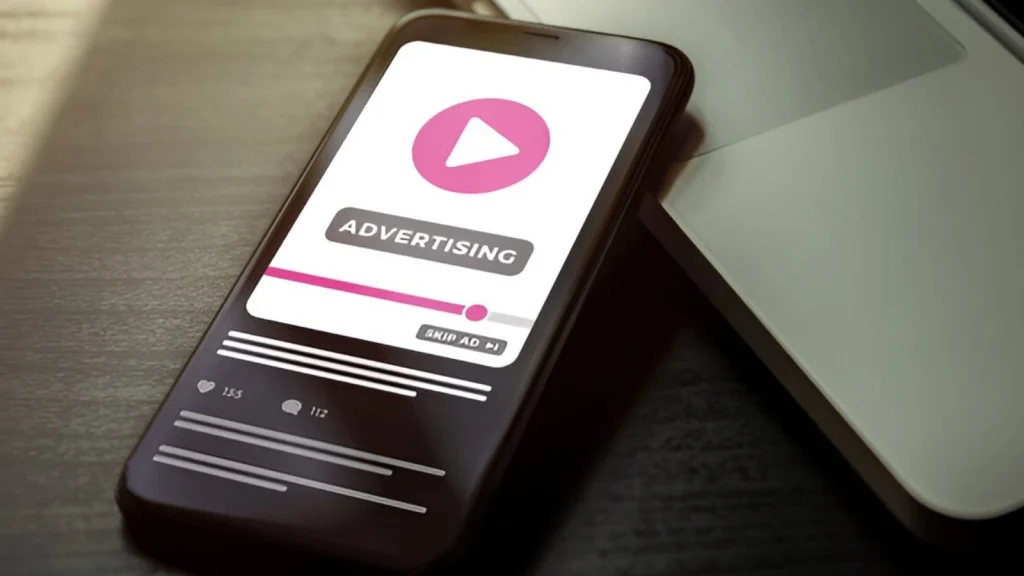Programmatic Advertising has been hailed as a game-changer in the digital marketing world. It promises speed, precision, and efficiency by automating the buying of ad space. But as this technology continues to evolve, a critical question arises: Can Programmatic Advertising truly replace human media buyers? Let’s explore the reality behind this shift.
Understanding Programmatic Advertising
At its core, Programmatic Advertising refers to the use of automated systems and data-driven algorithms to purchase digital ad space in real-time. Instead of relying on manual negotiations and insertion orders, brands can now bid on ad inventory through platforms that make instant, data-backed decisions.
Get better results by using programmatic ads together with human skills start now!
This method has transformed how advertisers reach their audiences—targeting specific demographics, behaviors, and interests with impressive accuracy. But even with all this automation, the human touch still plays a crucial role in strategy, creativity, and interpretation.
The Rise of Automation in Media Buying
Traditionally, media buying was handled by teams who manually planned campaigns, negotiated with publishers, and analyzed results. It was time-consuming and often driven by gut instinct and experience.
Today, Programmatic Advertising can complete this entire process in milliseconds. Algorithms evaluate thousands of data points to decide the best place, time, and audience for each ad impression. Thanks to real-time bidding (RTB), advertisers can maximize their ROI like never before.
However, despite this progress, automation still falls short in areas like brand tone, creative messaging, and contextual relevance—elements where human media buyers shine.
Where Humans Still Win
While programmatic platforms offer unmatched efficiency in automating ad placements and optimizing bids, human media buyers bring something equally valuable to the table—strategic thinking, emotional intelligence, and contextual understanding. These qualities remain critical for running campaigns that go beyond performance metrics and truly connect with audiences. Here are the key areas where humans continue to outperform machines:
Brand Safety & Context
Artificial intelligence, no matter how advanced, often lacks the ability to interpret context with the same depth as a human. A page might seem safe based on keywords, but the surrounding tone or theme might be controversial or offensive. Human media buyers can make informed decisions about where a brand’s ad should or should not appear, protecting the brand’s reputation. They consider subtleties such as cultural sensitivity, current events, and even political nuances—factors that algorithms may misjudge or entirely overlook.
Creative Strategy
While programmatic tools can deliver the right message to the right person at the right time, they can’t create that message in the first place. Crafting a compelling story, designing visual elements that resonate, and aligning ad copy with brand voice are tasks that demand human creativity. Media buyers, working closely with creative teams, ensure that the campaign’s messaging isn’t just data-driven but emotionally engaging. They understand audience psychology and use that insight to develop creative strategies that machines simply cannot replicate.
Relationship Building
Digital advertising still involves a human network. Building relationships with publishers, platforms, and even other agencies can unlock exclusive opportunities like first-party data access, premium placements, or early access to beta ad formats. These advantages often come from years of relationship-building, trust, and collaboration—elements that no algorithm can substitute for. Human media buyers play a key role in negotiating deals, resolving disputes, and maintaining partnerships that bring added value to campaigns.
Interpreting Data
Programmatic platforms can process massive amounts of data in real-time, but data interpretation still requires a human mind. While algorithms can show what is happening, they often fall short of explaining why it’s happening. Human media buyers can look at performance metrics within the broader context of market trends, competitor activity, and even brand-specific nuances. They identify insights that inform future strategies, adapt campaigns proactively, and ensure decisions are not just reactive but informed and intentional.
Can the Two Work Together?
Rather than seeing Programmatic Advertising and human media buyers as competitors, it’s more accurate to view them as collaborators. Automation can handle repetitive, data-heavy tasks, freeing up professionals to focus on higher-level strategy and creativity.
In many successful agencies, hybrid models are already in place—where technology handles the execution, and humans oversee direction, quality, and innovation.
So, What’s the Future?
Will Programmatic Advertising ever fully replace human media buyers? Possibly not. Instead, what we’re witnessing is a shift in roles. Media buyers are no longer just negotiators—they’re becoming strategists, data analysts, and creative advisors.
As AI continues to improve, it will take over more technical aspects of advertising. But the human element—our ability to empathize, create, and adapt—remains irreplaceable.
To sum it up, Programmatic Advertising has revolutionized digital marketing, bringing speed and precision to the buying process. However, it’s not here to replace human media buyers entirely. Instead, it’s reshaping their roles, allowing them to focus on strategy, creativity, and meaningful results.
The smartest approach is one where technology and human intelligence go hand in hand.
FAQs
1. What is programmatic advertising in simple terms?
Programmatic advertising is the automated process of buying and selling online ads using data and software. It helps target the right audience at the right time without manual intervention.
2. Is programmatic advertising better than traditional media buying?
It depends on the goal. Programmatic advertising is faster and more data-driven, while traditional media buying may offer more personalized, relationship-based deals.
3. Can programmatic advertising work without human input?
While it can function independently, human input is still necessary for creative strategy, brand alignment, and campaign optimization.
4. What skills do human media buyers need today?
They need to understand data analytics, creative strategy, digital tools, and how to collaborate with automated platforms effectively.
5. What are the risks of relying solely on programmatic advertising?
Potential risks include brand safety issues, lack of contextual understanding, and over-dependence on algorithms without human oversight.
Want better ads? Visit eRGADX.com to see how programmatic ads and human experts work together!

